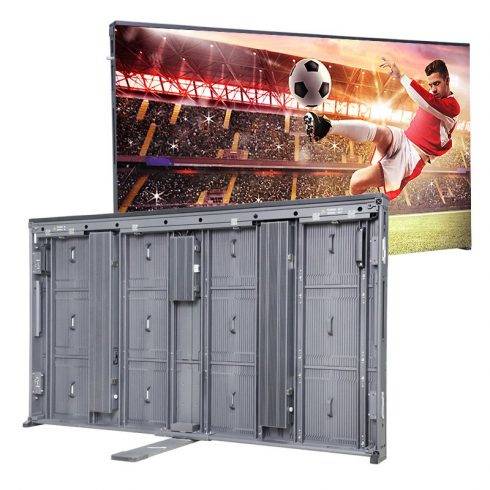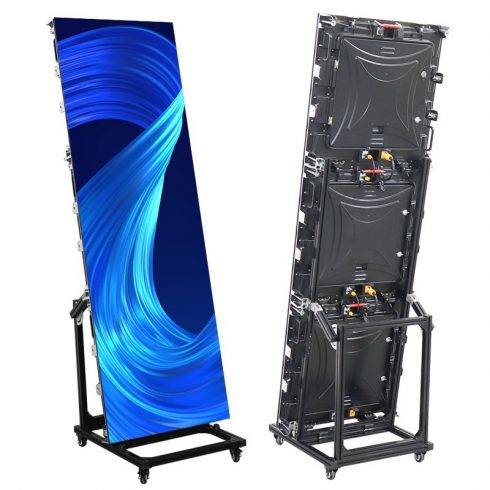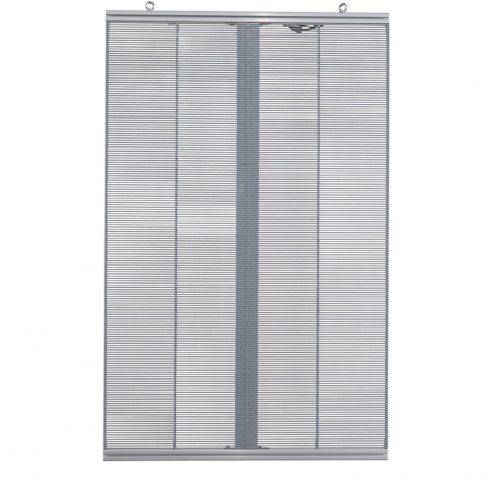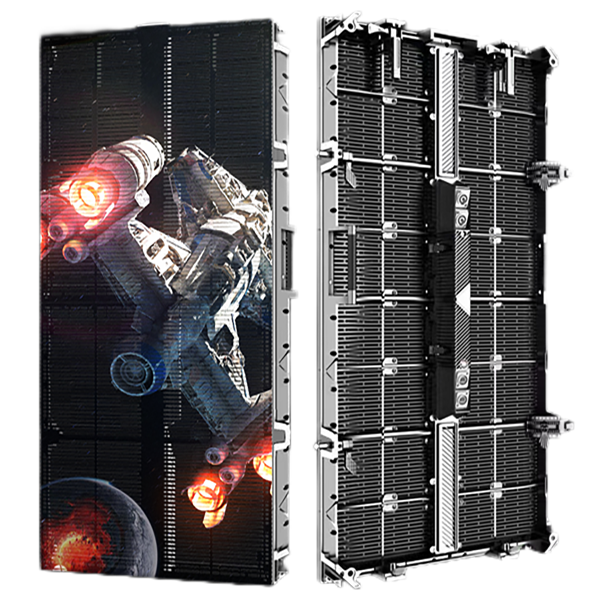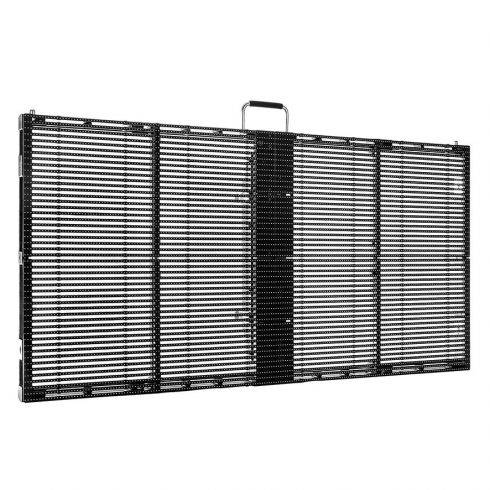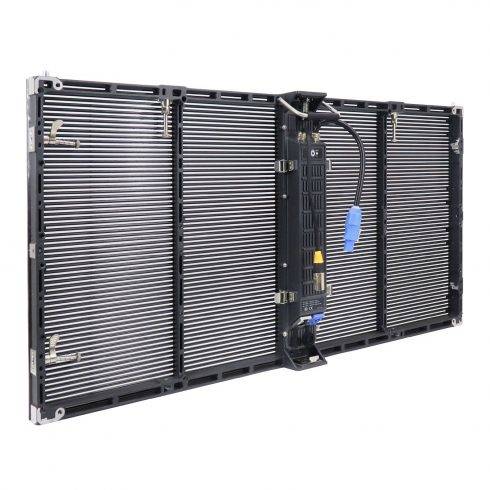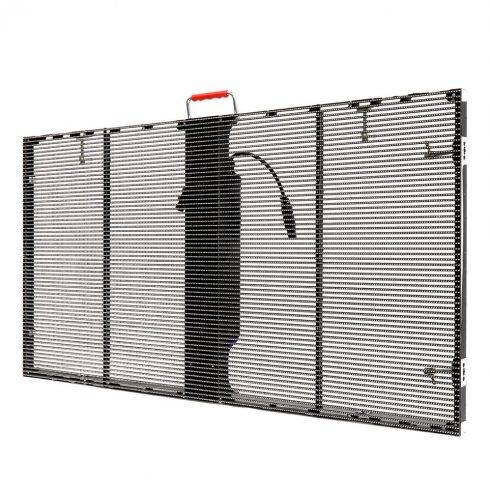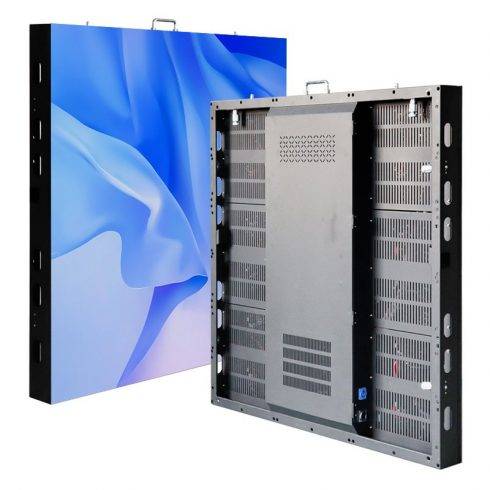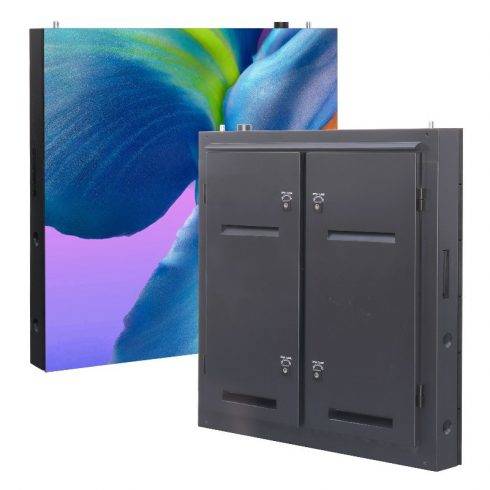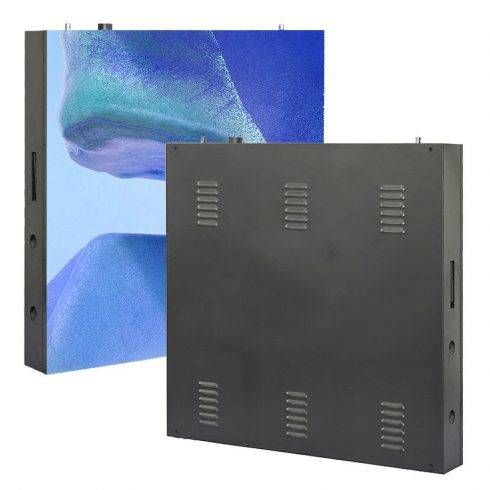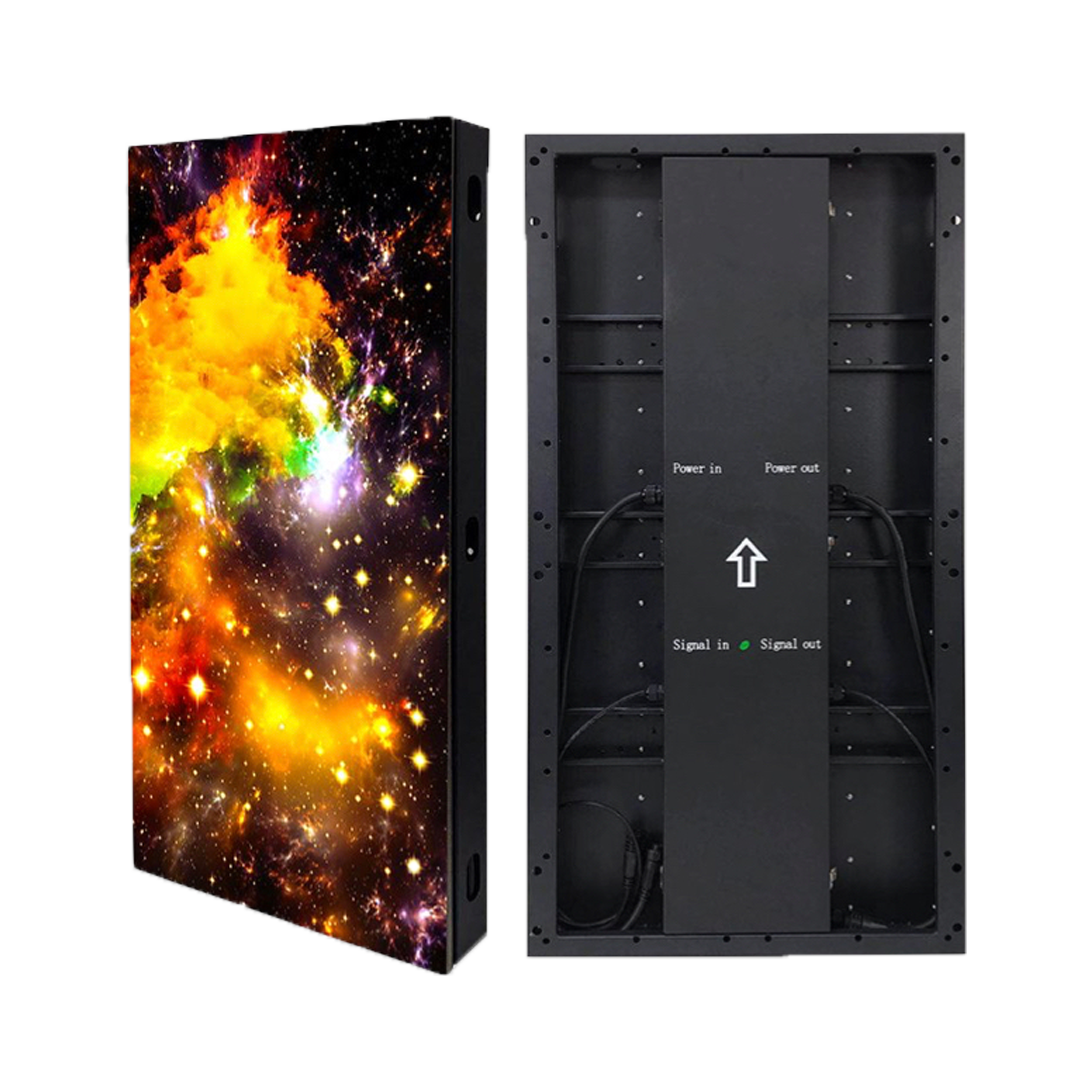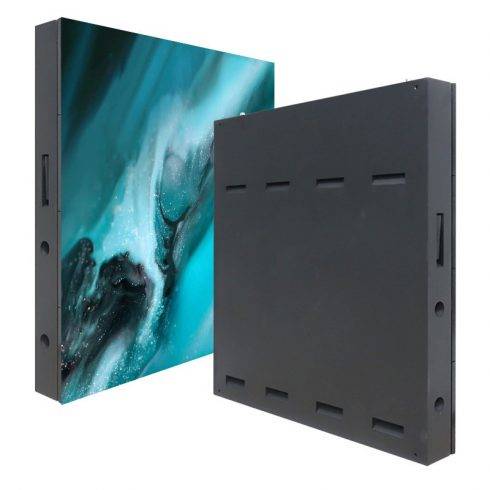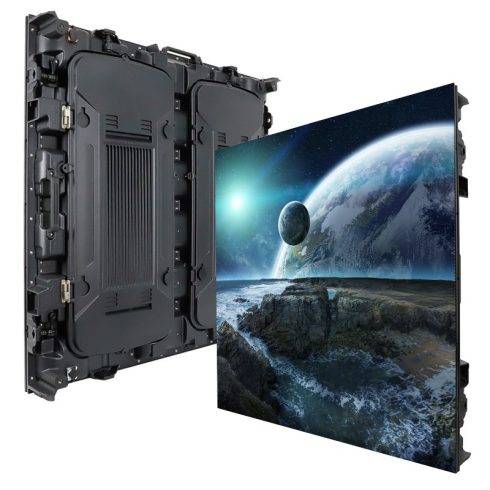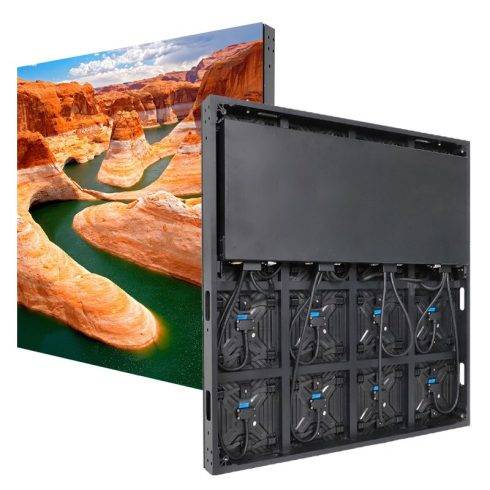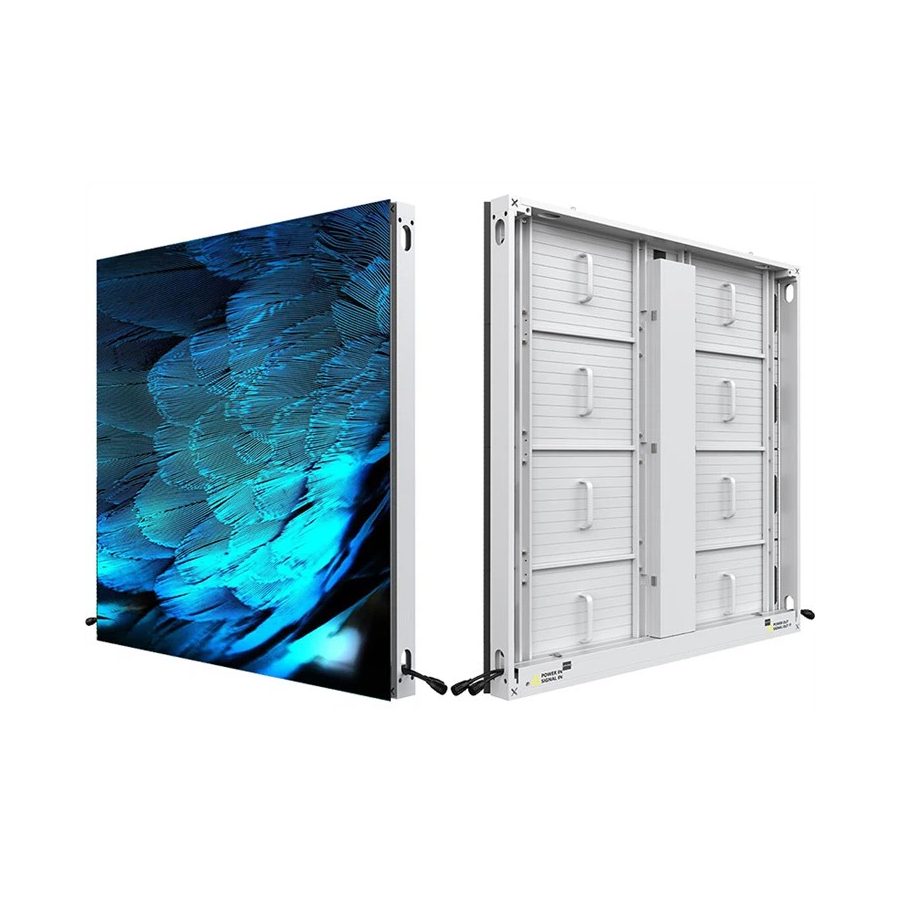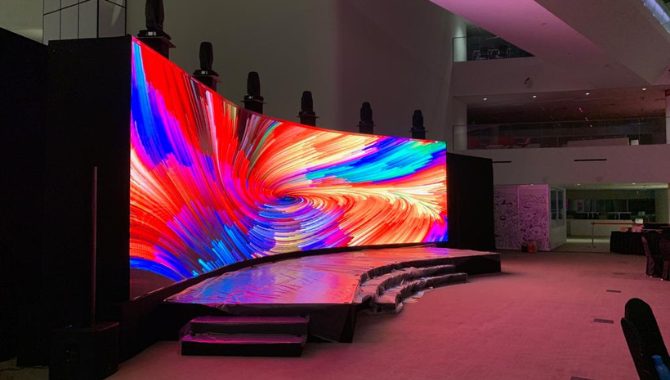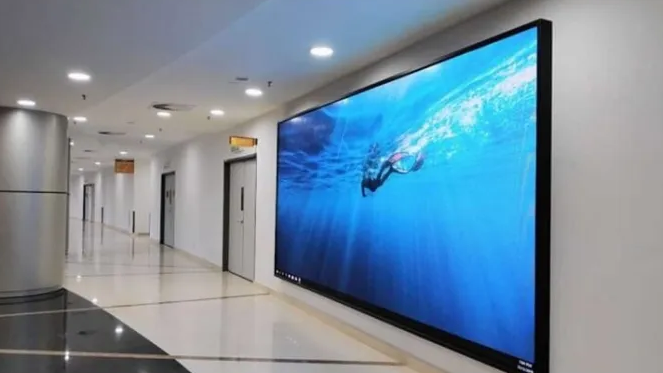LED screens have become an integral part of contemporary life, playing a pivotal role across various sectors from advertising and entertainment to education and communication. Their widespread adoption is driven by a multitude of factors, including their superior performance, energy efficiency, and versatility. This article explores the reasons why LED screens are indispensable in modern society, highlighting their numerous advantages and transformative impact.
Superior Visual Quality
- High Resolution and Clarity: LED screens offer exceptional resolution and image clarity, making them ideal for applications requiring detailed visuals, such as advertising billboards, digital signage, and television displays. Their ability to produce sharp, vibrant images ensures that content is presented in the most visually appealing manner.
- Brightness and Visibility: LED screens provide high brightness levels, ensuring visibility even in direct sunlight. This makes them suitable for both indoor and outdoor use, where they can effectively capture the audience’s attention regardless of the lighting conditions.
- Wide Viewing Angles: Unlike traditional displays, LED screens maintain consistent image quality across a wide range of viewing angles. This feature is particularly important in public spaces, where viewers may approach the screen from various directions.
Energy Efficiency and Sustainability
- Low Power Consumption: LED technology is significantly more energy-efficient compared to traditional lighting and display technologies. This reduces operational costs and minimizes environmental impact, aligning with global efforts to promote sustainable practices.
- Long Lifespan: LED screens have a longer lifespan than other display technologies, such as LCDs and plasma screens. This longevity reduces the need for frequent replacements, further contributing to cost savings and environmental sustainability.
- Eco-Friendly Materials: LEDs are made from non-toxic materials and do not contain hazardous substances like mercury, which is found in some other lighting technologies. This makes LED screens a safer and more environmentally friendly option.
Versatility and Flexibility
- Dynamic Content: LED screens support dynamic content, including videos, animations, and interactive displays. This versatility makes them suitable for a wide range of applications, from digital billboards and scoreboards to retail displays and corporate presentations.
- Customizable Sizes and Shapes: LED screens can be manufactured in various sizes and shapes, allowing for creative and customized installations. Whether it’s a massive stadium screen or a small display in a retail store, LED technology can be adapted to fit any requirement.
- Indoor and Outdoor Applications: The durability and brightness of LED screens make them ideal for both indoor and outdoor settings. They are used in outdoor advertising, sports arenas, transportation hubs, and indoor environments such as shopping malls, conference centers, and homes.
Enhanced Communication and Engagement
- Real-Time Updates: LED screens can be easily updated in real-time, allowing for timely and relevant content delivery. This is particularly useful in environments like airports, train stations, and event venues, where information needs to be current and accurate.
- Interactive Capabilities: Many modern LED screens offer interactive features, such as touch capabilities, enhancing user engagement and providing a more immersive experience. Interactive LED screens are widely used in educational settings, museums, and retail environments to engage and inform audiences.
- Advertising Impact: The vibrant and dynamic nature of LED screens makes them highly effective for advertising. They can attract and hold the attention of passersby, delivering compelling messages that are more likely to be remembered.
Technological Advancements
- Integration with IoT: LED screens are increasingly being integrated with the Internet of Things (IoT), enabling smarter and more connected environments. This integration allows for advanced functionalities such as remote monitoring, data analytics, and automated content updates based on real-time data.
- Improved Durability: Advances in materials and manufacturing processes have enhanced the durability of LED screens, making them more resistant to weather conditions, physical damage, and wear and tear. This robustness is particularly important for outdoor applications where screens are exposed to the elements.
- Innovative Applications: Emerging technologies such as flexible and transparent LEDs are opening up new possibilities for creative and innovative applications. These advancements are enabling the development of novel display solutions, such as curved screens, transparent windows, and wearable displays.
Conclusion
The widespread adoption of LED screens in modern society is driven by their numerous advantages and transformative potential. Their superior visual quality, energy efficiency, versatility, and ability to enhance communication and engagement make them indispensable in a wide range of applications. As technology continues to evolve, LED screens will undoubtedly play an even more significant role in shaping the future of how we display, interact with, and consume information. By embracing LED technology, we can create more vibrant, efficient, and connected environments that meet the demands of today’s dynamic world.







